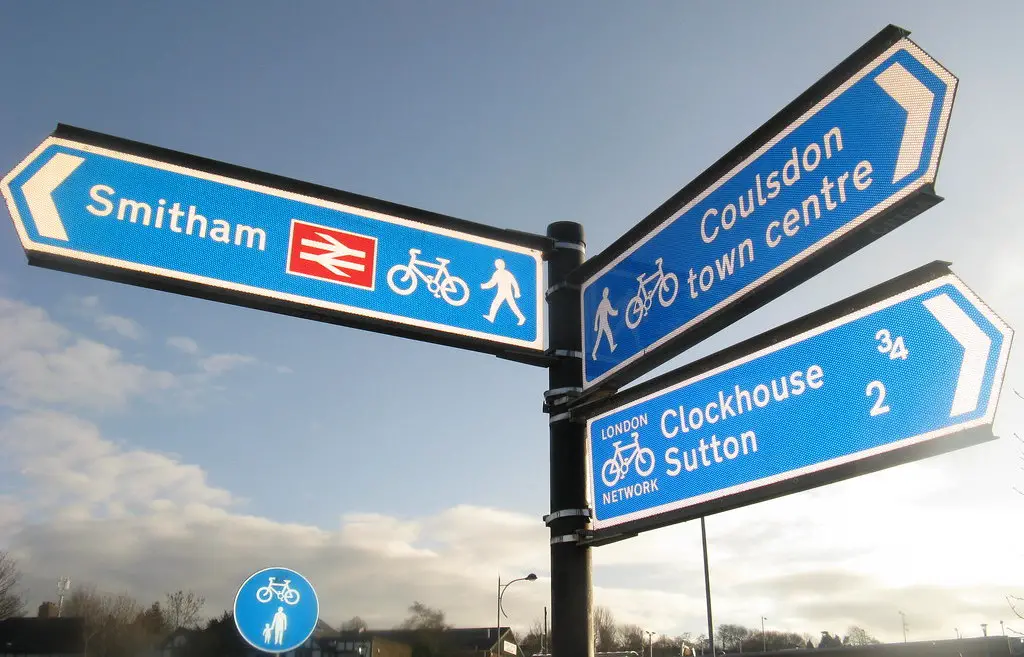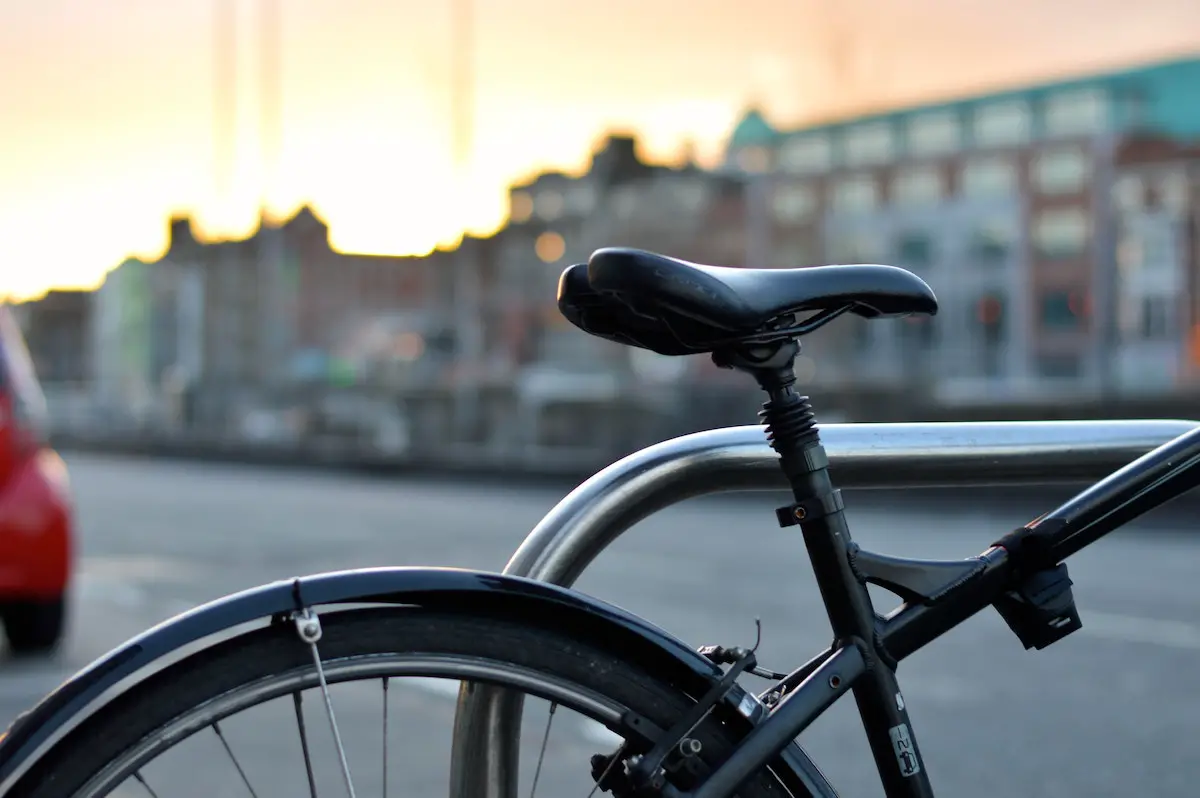Getting around in cities all over the world has remained relatively the same over the last half a century: we get picked up by buses or subway cars and, after a few stops and the inevitable delay, we disembark and step onto well-stamped concrete or pavement. The evolution of public transportation has so far been a boring, straight line.
Demand based public transport planning has always been a conundrum. More buses and trains in the mornings and afternoons, less in midday. There are obviously more riders going to and coming from work in cities that have large populations using public transport to get to work and most of them arrive around 9 AM and leave around 5 PM. In cities like Boston where a major demographic population is students, the schedules have more flexibility: some students have their first class at 10 or 11 AM and leave their designated zones much earlier or much later than their professional counterparts. Still, typical demand based model are employed: 9 and 5 are peaks, all other times are not.
However, a potential 3rd way for public transport planning may exist at the crossroads between internet startups and industrial ingenuity. Japan’s reinvention of Fordism-era stock rooms, dubbed the “just-in-time” or JIT economy, allowed a land-scarce nation to become the lynchpin of Asian automotive production. Instead of storing parts onsite and paying housing fees for things that may not be needed for days or weeks, the pioneers at Toyota designed a system where parts were delivered only as they were needed. The desired effect is a streamlining of supply chains and almost non-existent onsite storage costs.
The emergence of demand based services like Groupon and Living Social aren’t based on novel economic ideas driving consumers. For consumer demand sites that use a “trigger” to determine when a deal goes on and when it doesn’t – Groupon requires a given amount of people purchase the “groupon” before it is actually offered – their business model is built around the keystone economic theory of market equilibriums.
What does that have to do with public transportation? Unless you’re riding Philadelphia’s SEPTA or some of the older systems in Europe and Asia, you now use a card, not a token, to pay your fare. Those cards produce time stamped records of riders and generate volume reports that feed into a central database. What if, instead of those ridership statistics going towards long-term demand models they were applied dynamically and geared towards deploying buses and subway cars where they were most needed any time of day? Instead of subway cars perpetually packed at 5 PM because of linear deployment schedules, there would be a smoothing of the deployment process coupled with real-time ridership numbers.
Broad brushes never end in masterpieces for transportation planning. To say that all we need is a Groupon-based public transport-on-demand system is overly simplistic. Equality will always be the foil to efficiency, and pulls that turn to pushes are inevitable when the only options you have on the table are fare hikes, layoffs, and service cuts.
There is opportunity, though, for a dynamic alternative where instead of using swaths of populations as our starting points, we begin the process with a single rider swiping a single card riding a single route. We exist at the center of an ever-rising pinnacle of innovation, not just with technology but also in ideas. Transportation planning has not just been a footnote to those advances; it’s been near the center, where it belongs.
Photo: smcgee


